-
Notifications
You must be signed in to change notification settings - Fork 8
2nd iteration of BI SP1
In the meantime of our development, Dart 2 was released for Flutter, new build tools was released and with all that, also Flutter went from alpha to beta version.
Also, there is a new AngularDart v5, which works on top of the new build tools, has a new concepts of routing, bootstraping app etc. A lot of things works now through "templates", which are generated files from your code. It's very different from previous version, but I see what authors wanna do. And I kinda like the approach they have.
That is a huge breach in our study and in our work. The progress is good, but the adaptation is not always as fast as we would like it to be.
Flutter is a young project and it's still in beta. There are not much tutorials out there either. So what to do if you got stuck in middle of some issue?
Flutter community is very active on Gitter and they are willing to help you with your problems. And we did help too! In the time of developing, we got stuck a lot of times, mostly because we don't have much experiences with mobile development, so we don't know how to do things. Sometimes we just used the wrong version (old, different branch, ...) of Flutter framework. Anyway, the Flutter comunity will help you most of the times, that's the point of this paragraph. And that is amazing!
One of the biggest issues in this project was setting up the authentication, we have chosen the google account authentization. Because of the evolving of the Flutter framework, we have spent the whole day trying to accomplish it to work and after the whole day, we have discovered that it doesn't work in the beta channel of the Flutter framework. After switching to the master branch, everything magically started to work.
I do not know what is worst, that we spent a whole day trying to set it up, or that the fix was so easy... #nopainnogain
Another magnificent thing we had to dealt with is localization. We simply wanted to be able to switch languages of our UI, at least between Czech and English. And if you have never done localizations, trust me, it will be very, very paintful.
The whole process of it is not easy to understand, at least not for us. We have spend a whole week trying to set it up correctly and trying to split it well, so we can share as much as possible betweet applications.
We have written scripts to help us with that and at the end of a day, it's seems like a very easy workflow, but the starting with it—paintful.
We have chosen a way with .arb files, because they are pretty common in open source projects. The whole workflow works like this: in your app, you have to set (request) the translation, from those requests—we keep them in one file in static methods—the arb files are generated. After translating arb files, which are the real translation source, they are generated to another Dart files which contains the output from that arb files. It's still a bit tangled for me to orient in it how it works, but it's working.
The Flutter has a interesting concept and we have to follow it's cycle to keep everything in order. We think each widget should follow some conventions, even in method order. For us, the best way to work is probably this:
- properties (variables)
initState()dispose()build()-
_build*methods—methods which returns widgets and are used as shortcuts ofbuild()methods - other methods
Initialization method, somehow similar to constructor.
Dispose method, somehow similar to descructor.
The most important method of all. In this method, all drawing is done. The build method might be somethimes very big, so it's a good practise to don't repeat yourself and outsource parts of code in separate _build* methods.
In order to use the whole platform to maximum, we share code across the application. In our application, we use something called BLoC—Bussiness Logic Component. By following it's rules with no excuses we are given very solid structure for our application logic. Because of this, we have separated logics (we share everything), apis (we share common interfaces, inplementations are dependent on platform) and views.
We think using BLoC in our project is very beneficial, because it's simple and we can share code very well.
BLoC designing guidelines:
- Inputs and outputs are simple Streams/Sinks only
- Dependencies must be injectable and platform agnostic
- No platform branching allowed
- Implementation can be whatever you want if you follow the previous rules
UI design guidelines:
- Each "complex enough" component has a corresponding BLoC
- Components should send inputs "as is"
- Components should show outputs as close as possible to "as is"
- All branching should be based on simple BLoC boolean outputs
TL;DR
- Move bussiness logic to BLoCs
- Keep UI components simple
On aplications start, the app logo animates and user can login into the app using the Google account. If user have already used our application, the login process is done silently.
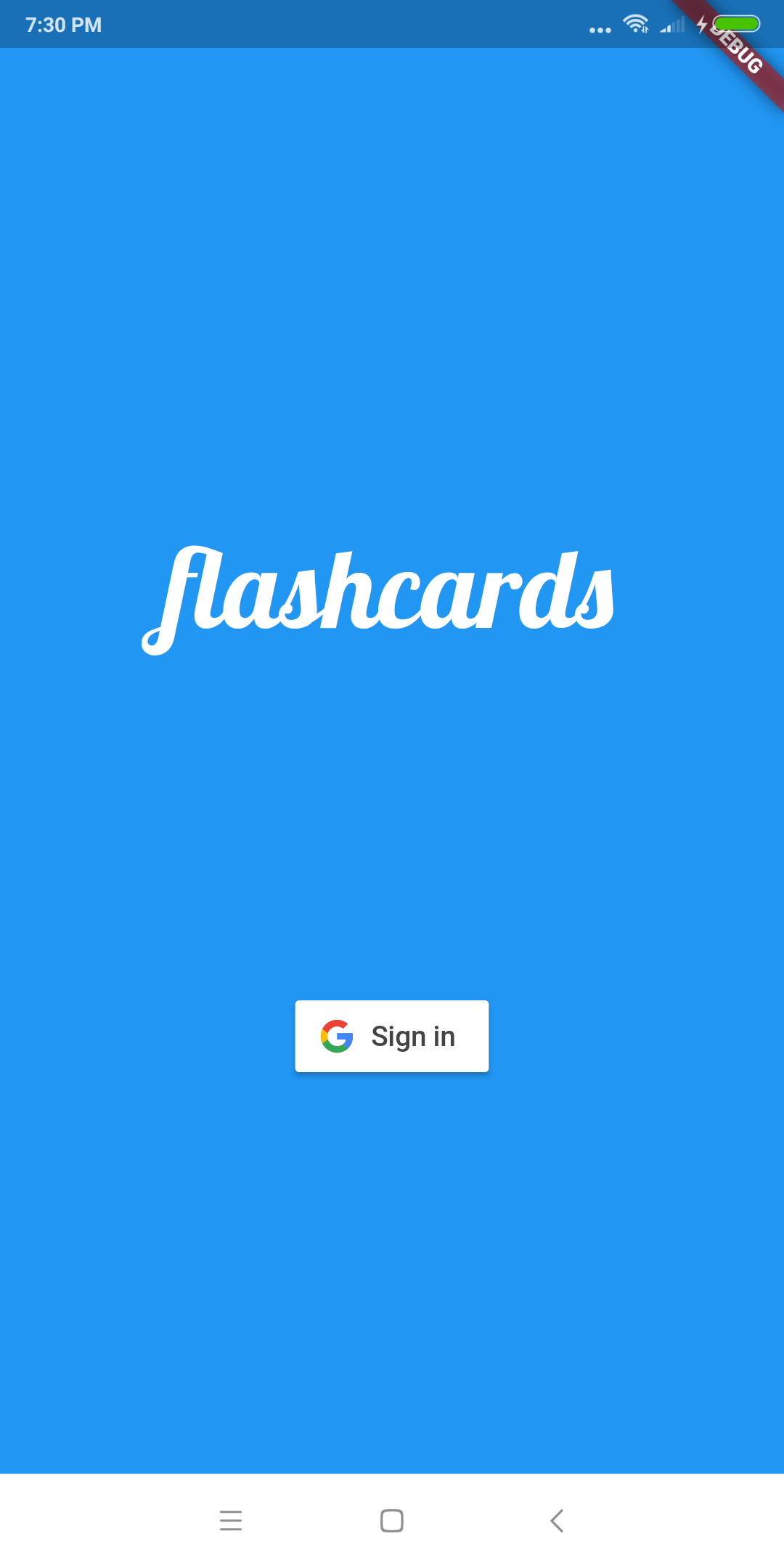

The main screen contains 3 tabs which filters courses:
- all courses
- courses created by me
- all courses sorted by popularity
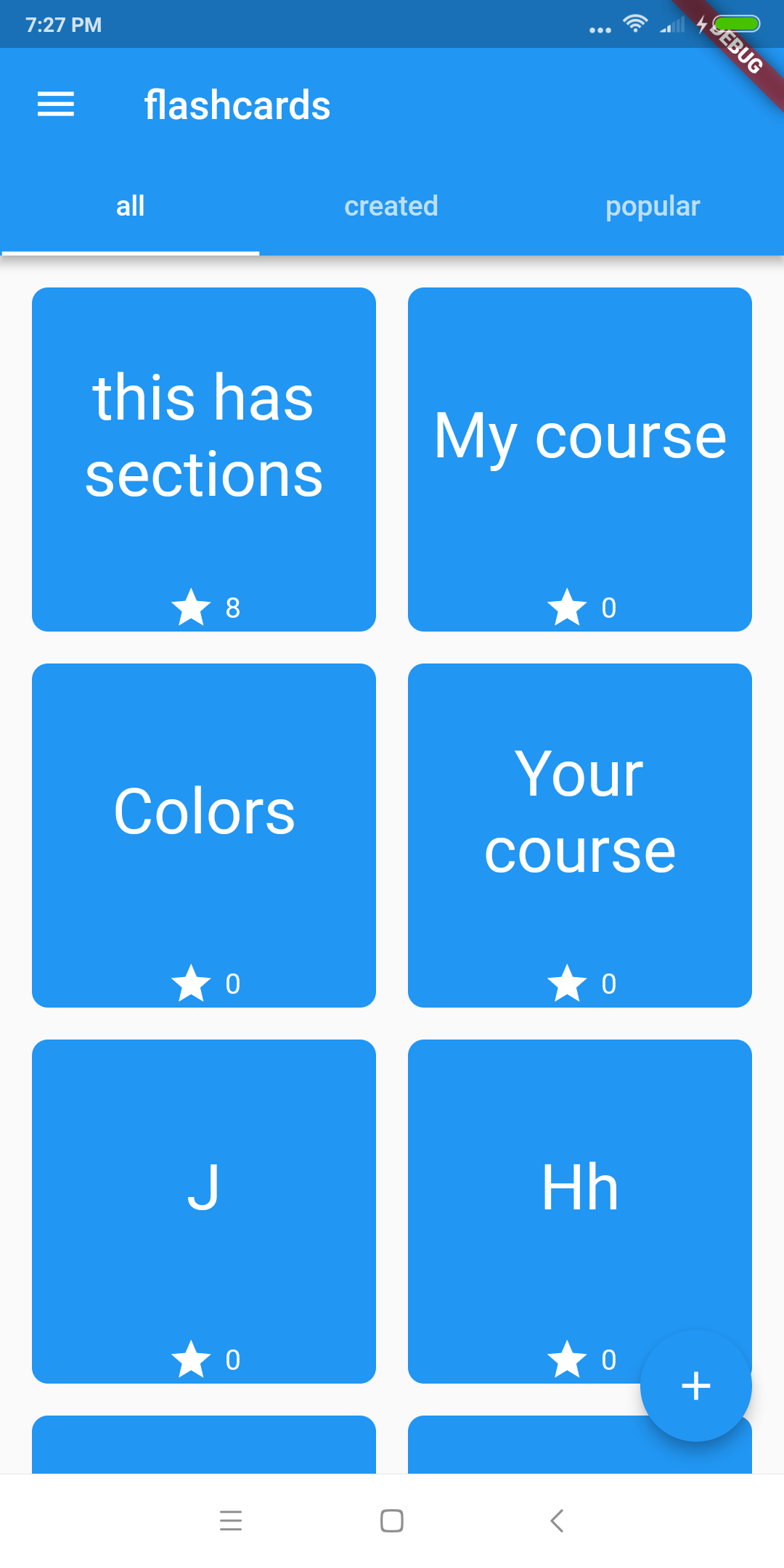
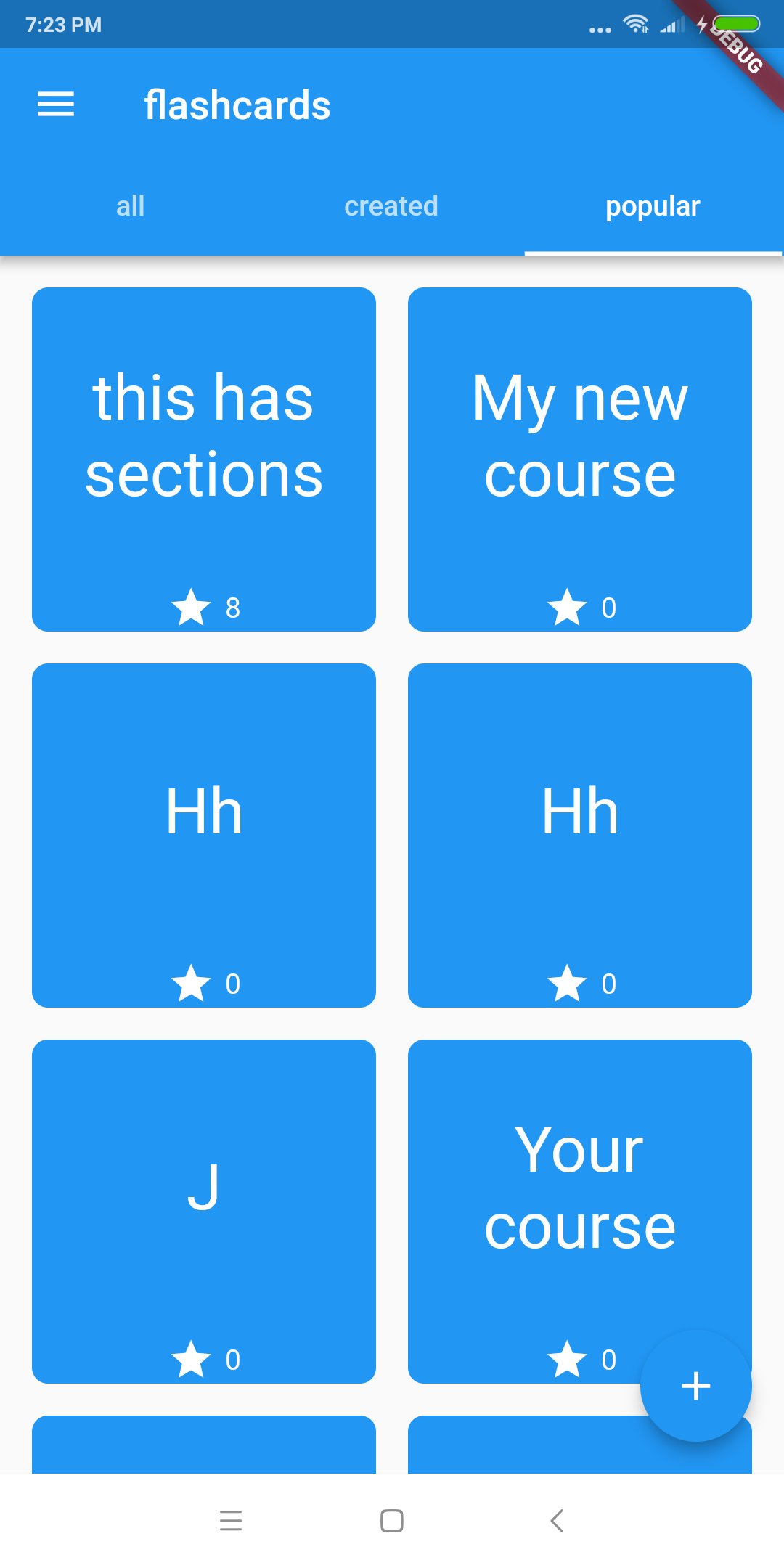

Every major screen in our app has a navigation. Using the navigation, user can use the app and changes screens. It is also possible to sign off and report bug using the navigation's buttons.
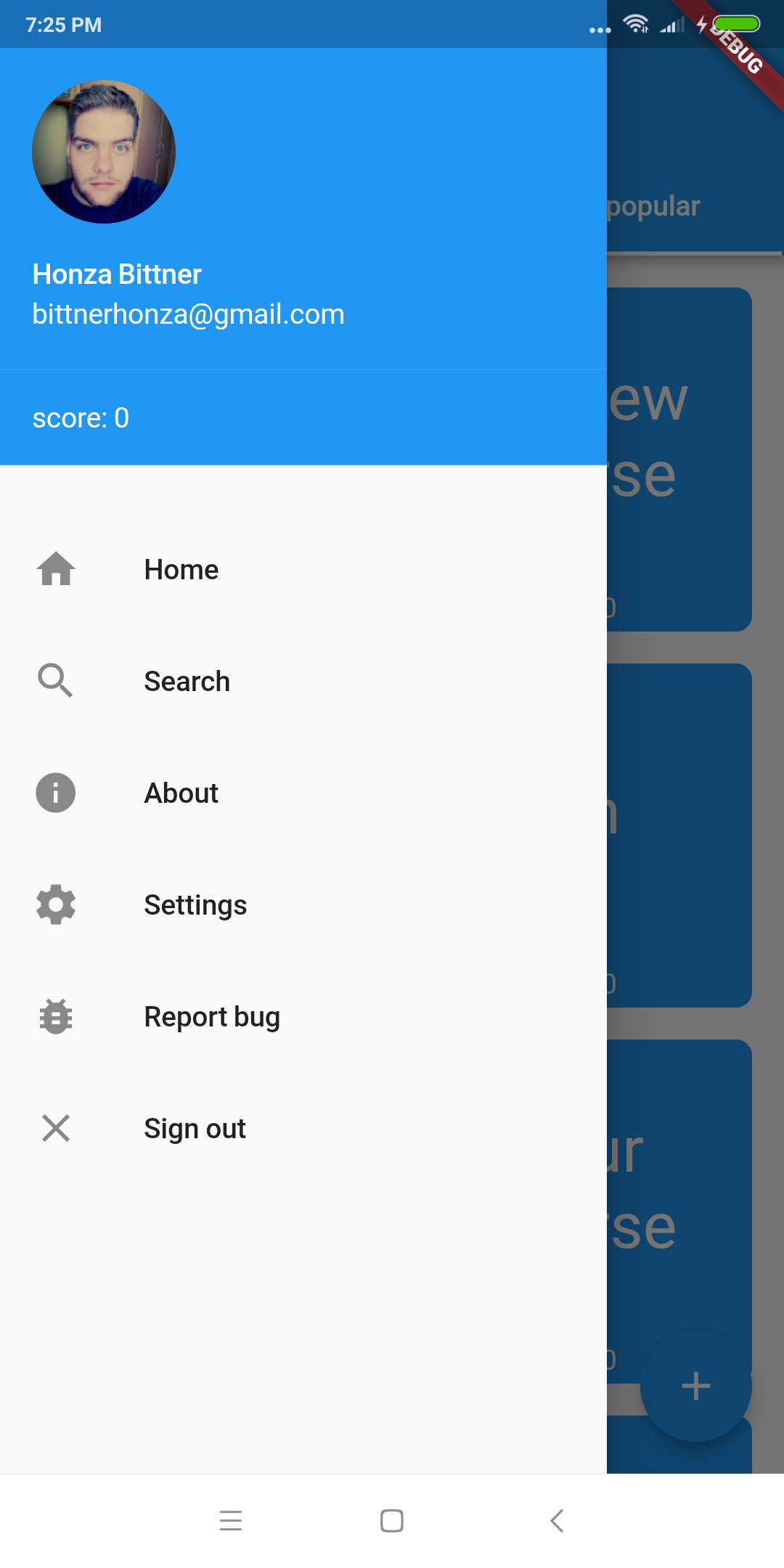
On search screen, user can filter courses and find the desirable one by it's name.
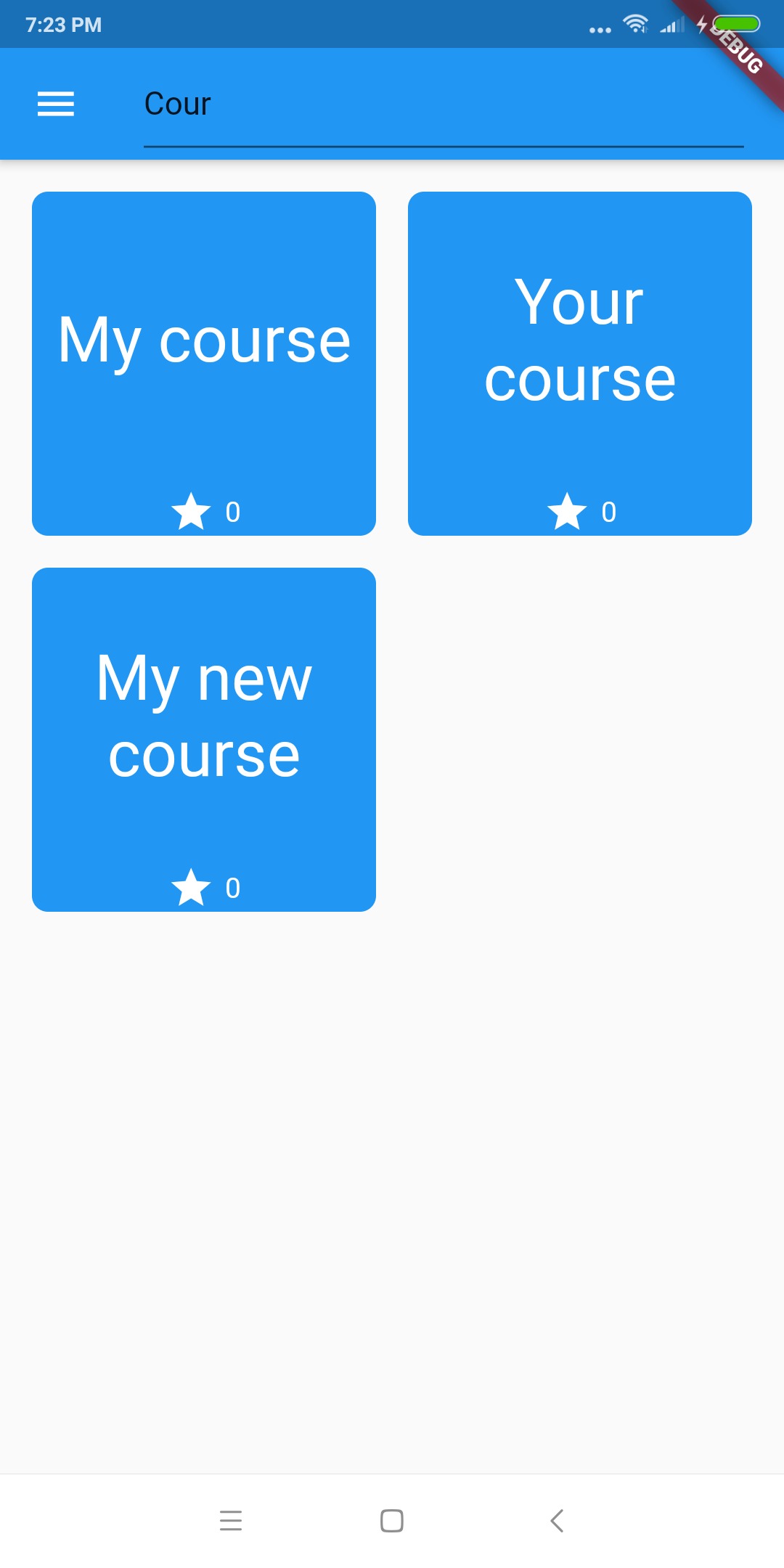
The courses contains description, sections, materials and sets of playing cards.
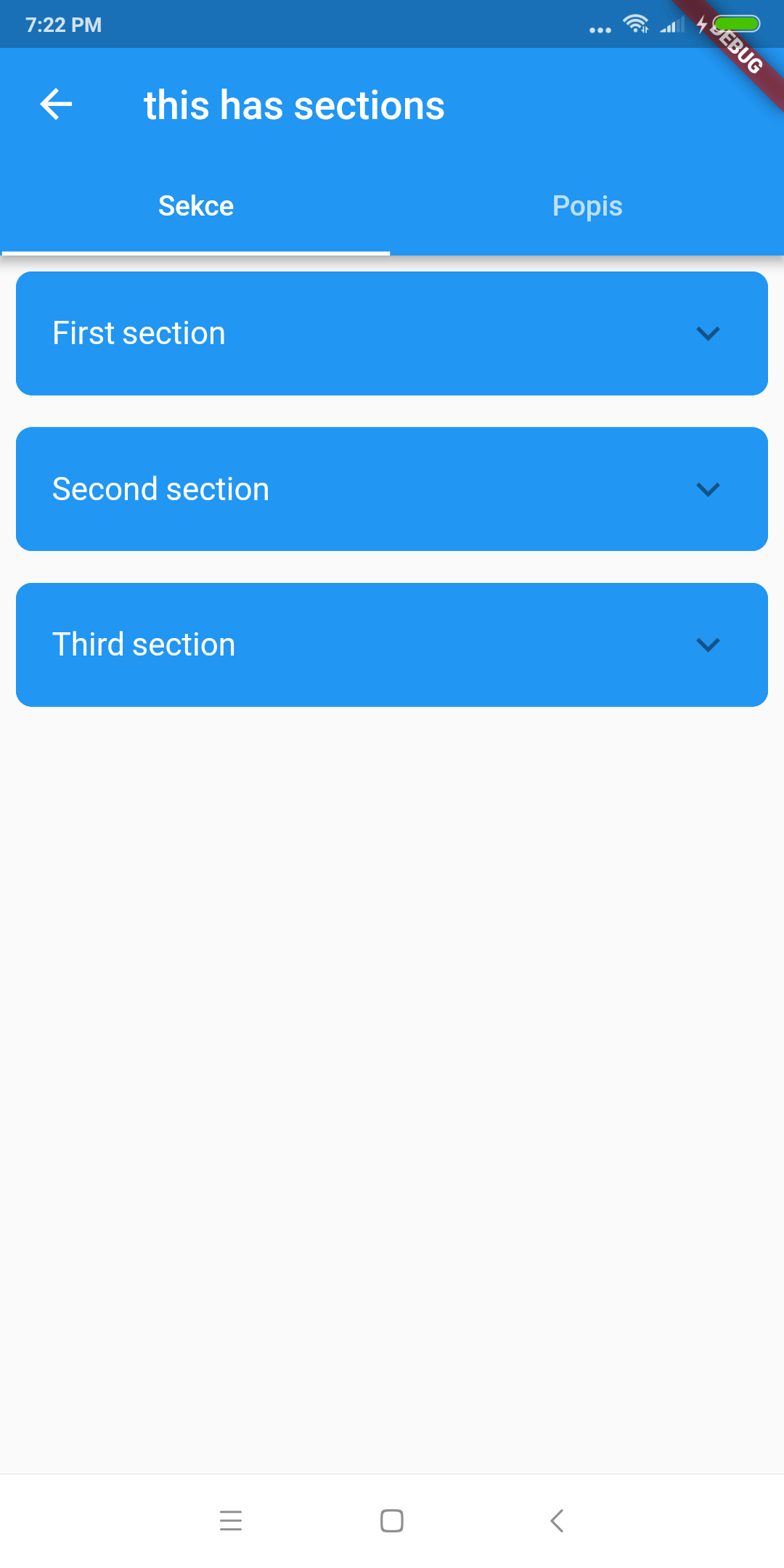
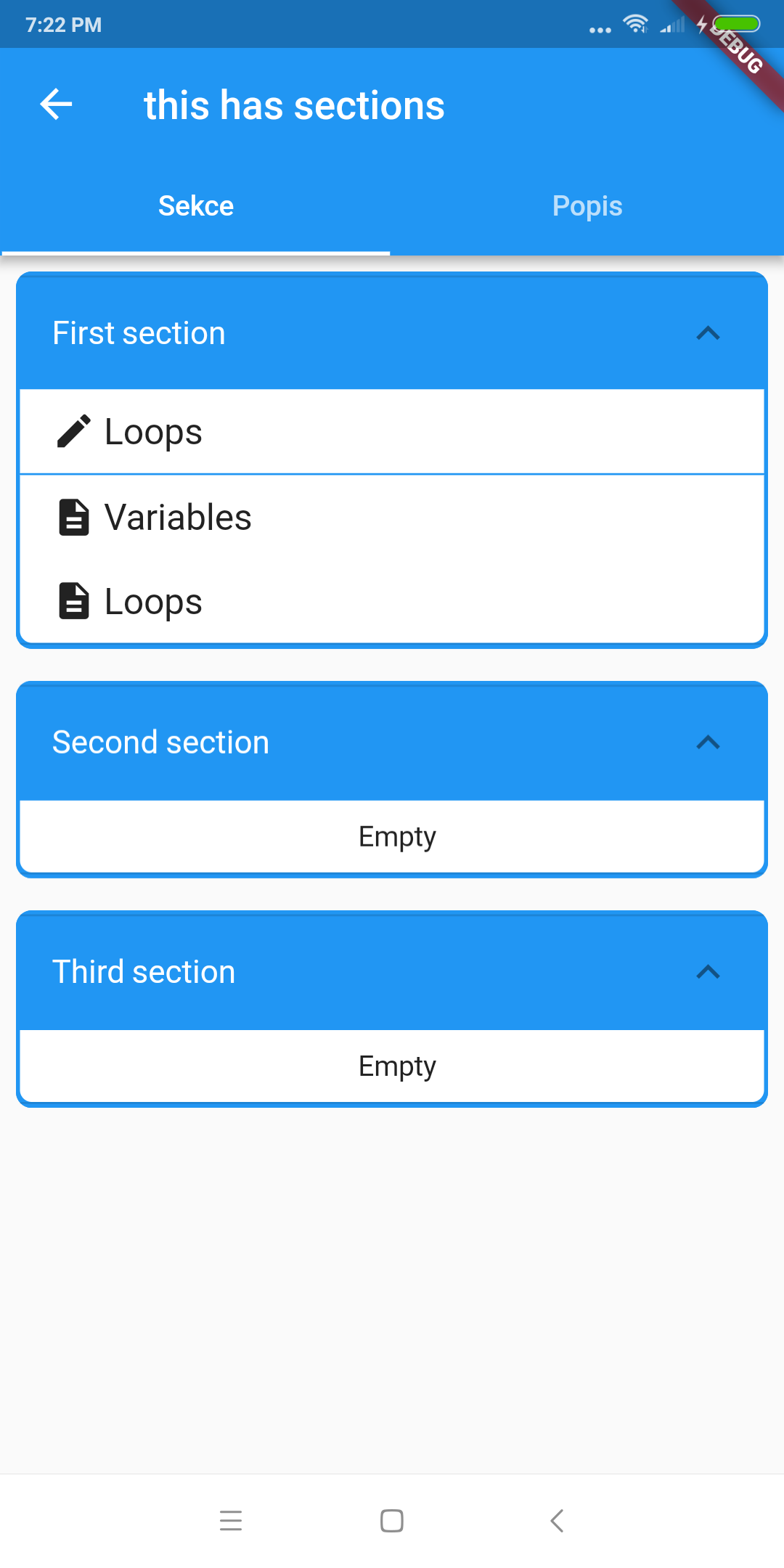
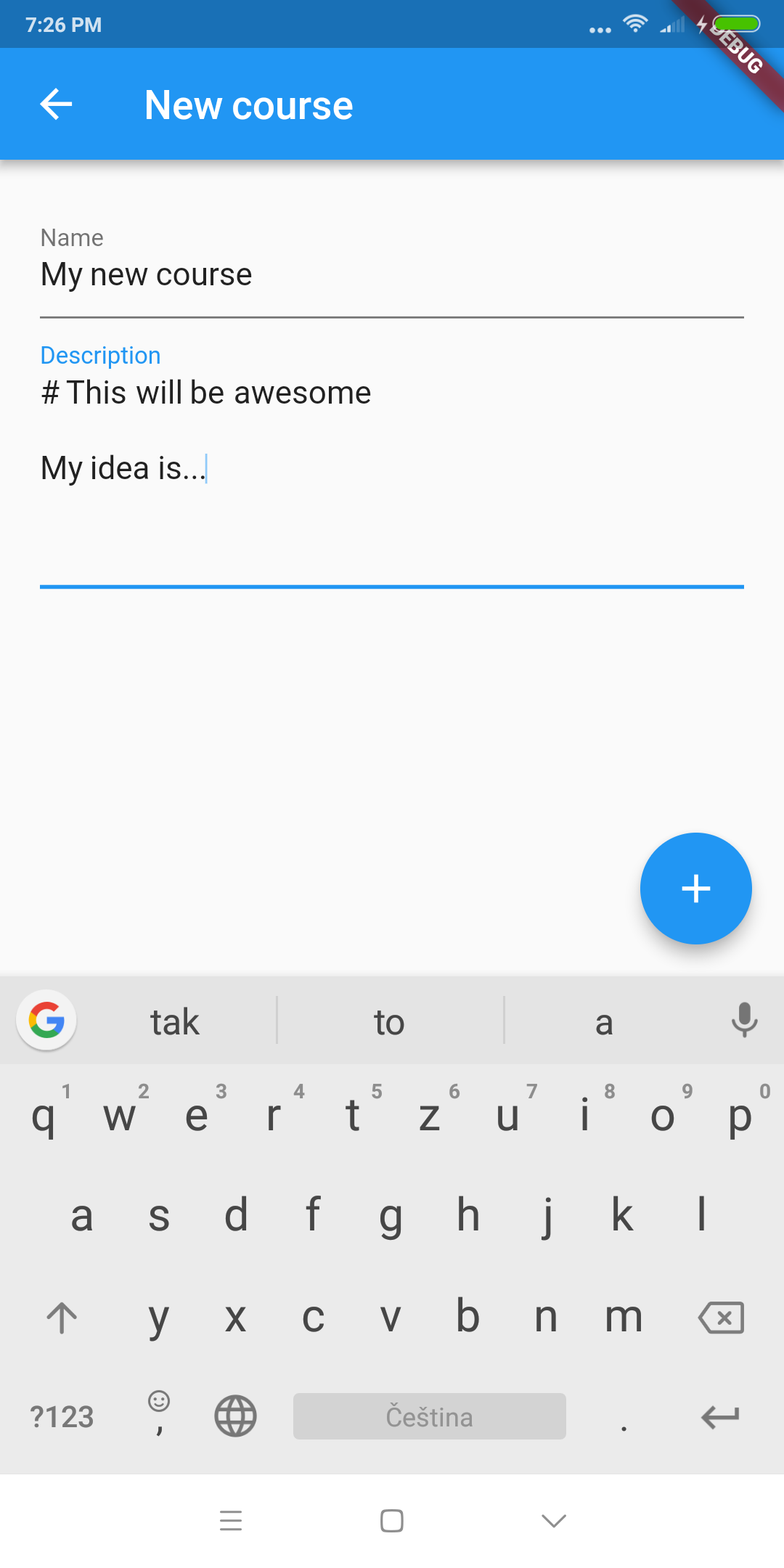
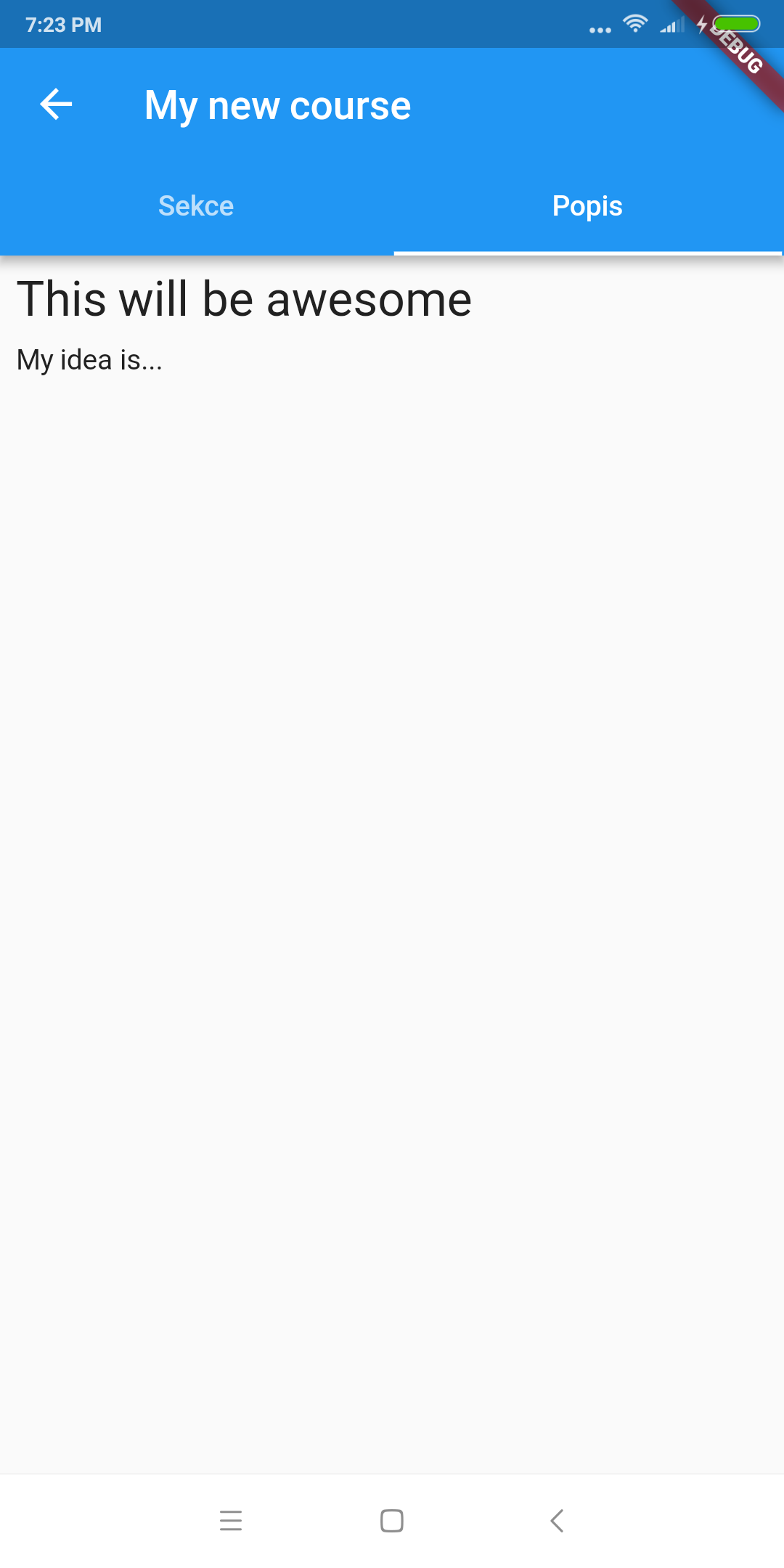

About screen informs user about our app, our development, provides a bunch of useful links and shows licenses.
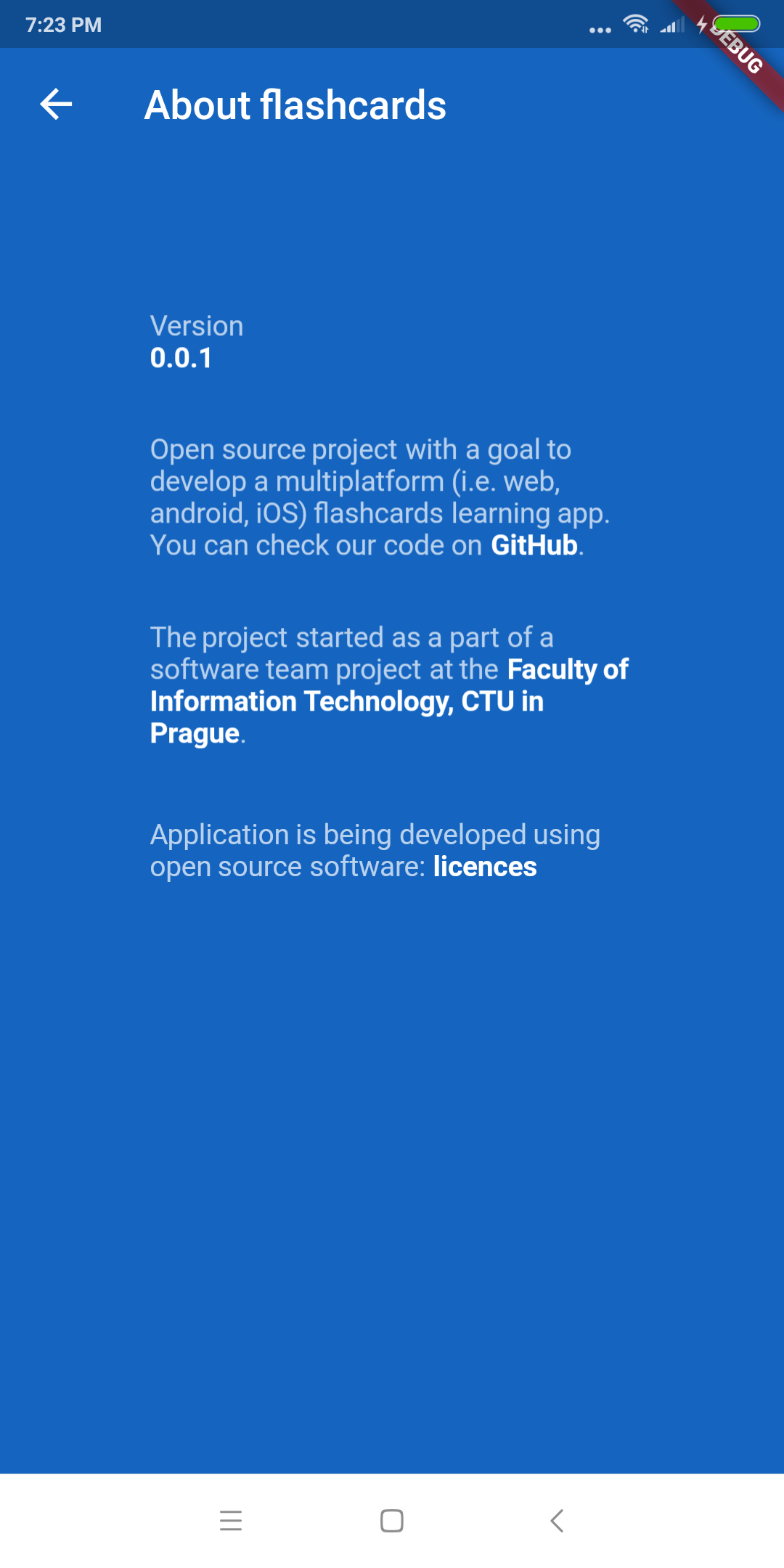
The project continued as a part of a software team project 2 at the Faculty of Information Technology, CTU in Prague.
For the purpose of this course, we have to produce some content for each iteration.
The project started as a part of a software team project at the Faculty of Information Technology, CTU in Prague.
For the purpose of this course, we have to produce some content for each iteration.